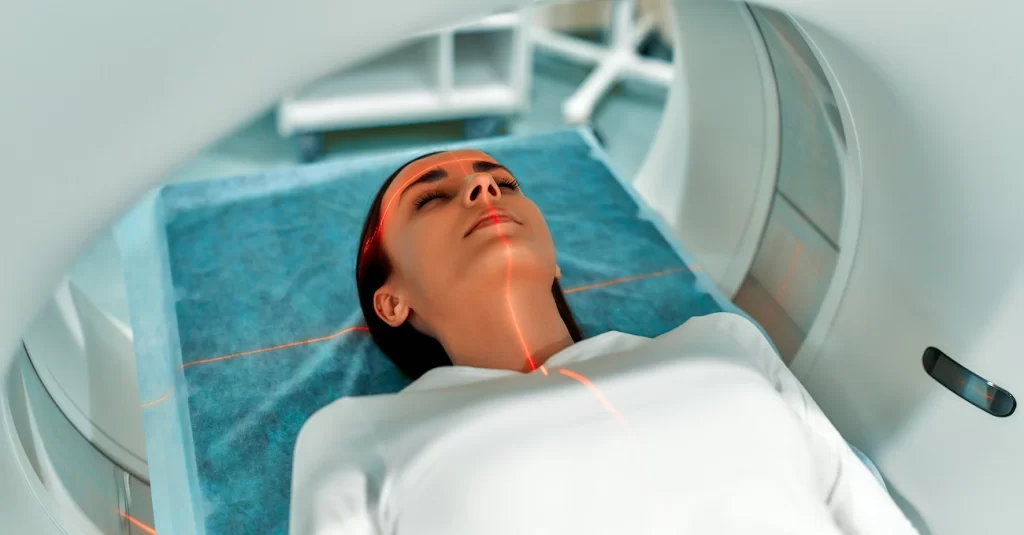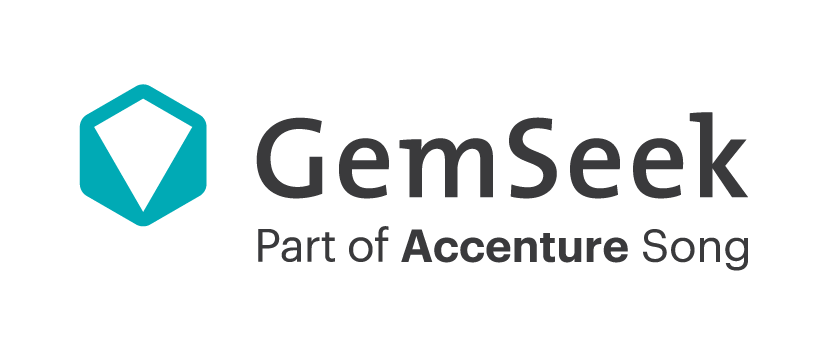Intensifying divergence of the premium vs value segments
There has been a noticeable divergence between premium and value segments. OEMs are becoming increasingly cautious of the differences between the two segments in terms of distinct customer needs, expectations, and drivers. While it was more common to address customer insight needs within single multi-segment studies in the past, today most projects are tailored to a specific segment in the value–to– premium spectrum. The marketing strategies developed consequently tend to be more clearly distinct.

AI features making room for AI solutions
OEMs move from viewing AI as a feature-enhancing tool to a push for stand-alone solutions. Consequently, we see an increasing number of requests for value prop and concept testing new digital solutions. What is common for these solutions is OEMs’ desire to market them independently from hardware equipment. This requires developing novel go-to-market strategies which companies want to minimize by ensuring that they are driven by robust feedback from customers.
Alternative business models becoming more viable
Medical equipment manufacturers have long been awaiting a move towards alternative business models such as subscription services and pay-per-use arrangements. The switch to less conventional models, however, has been happening at a much slower pace than predicted by most. However, it looks like the supplier push of these models (mostly desire for a steadier stream of income) is finally met with increased demand pull (mostly fueled by financial challenges and need to lower upfront costs).
Increased focus on education and training
The complexity of modern diagnostic systems and adjacent solutions puts a greater emphasis on training and education for healthcare professionals. OEMs come to understand that education is not only an underestimated marketable service but also an underutilized tool for relationship management and building customer loyalty. This is trend is evidenced by the increased number of requests we see about customer insight support in the development and refinement of training and education offerings.
Portability opening new opportunities
Mobile, portable, handheld. This is a clear trend encompassing a variety of diagnostic equipment from ultrasounds to radiography systems. The excitement around portable solutions is not confined to the usual clinical settings associated with portable equipment such as emergency and intensive care units. Portable devices also present opportunities for OEMs to expand their customer base into current non-users from a variety of clinician and non-clinical settings. This requires feedback from new personas and an understanding of customer needs with different backgrounds than the core user bases.
The pursuit of remote servicing and maintenance
The value of remote servicing and maintenance is abundant for both OEMs and healthcare providers. Realizing this, OEMs invest considerable resources in their development and advancement. With most efforts being focused on technical enablement, the main challenge for OEMs becomes cultural adoption, evidencing cybersecurity robustness and refining the digital customer experience. A comprehensive understanding of the customer journey and their jobs-to-be-done becomes a must for OEMs.



